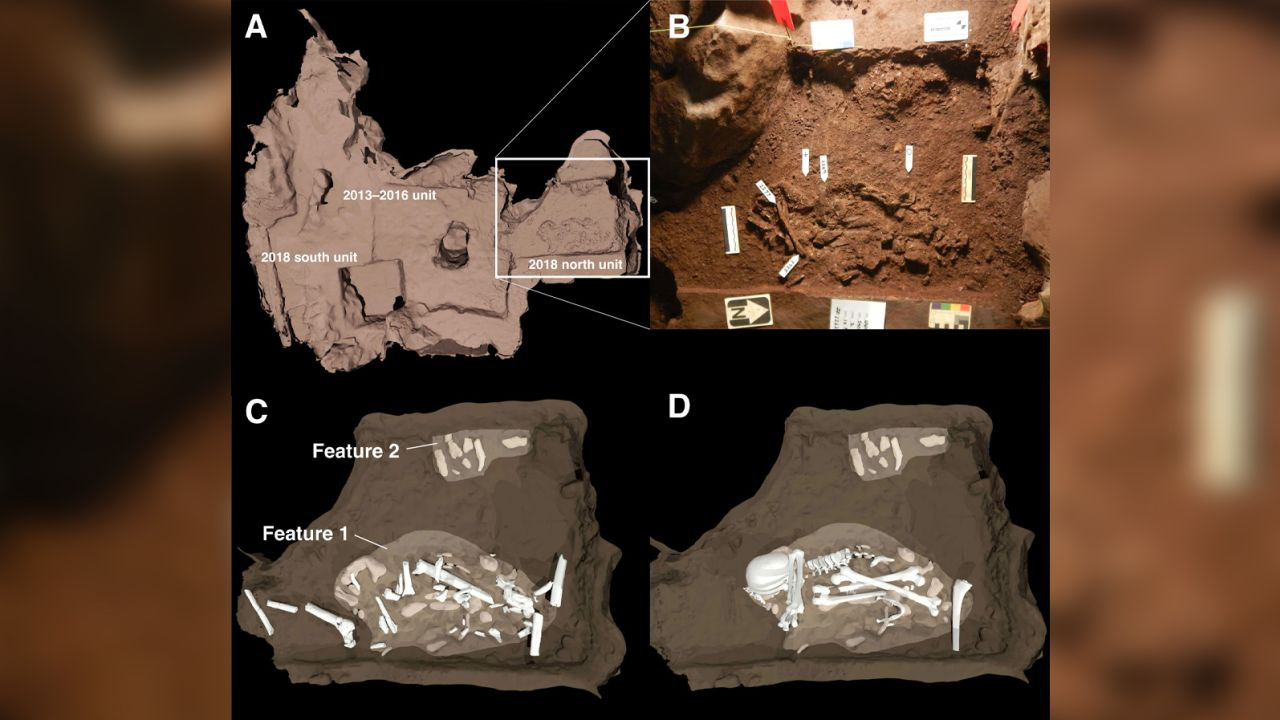Free Courses Sale ends Soon, Get It Now


Free Courses Sale ends Soon, Get It Now



Disclaimer: Copyright infringement not intended.
Context
Details
Discovery of Homo Naledi:
Burial Practices of Homo Naledi:
Symbolic Carvings on Cave Walls:
Challenges and Implications:
Continuing Research:
About Homo Naledi
Physical Characteristics:
Burial Behavior:
Symbolic Behavior:
|
PRACTICE QUESTION Q. In the context of recent revelations regarding early human burial practices, it can be safely said that they have a sense of history and record keeping for future generations. Comment. (250 words) |
© 2024 iasgyan. All right reserved